Bear Creek Feline Center Jim Broaddus
BEAR CREEK FELINE CENTER POTENTIAL BCPSA VIOLATION
Panama City, FL
The screen shots below are from a four second video posted at the URL below which shows a female visitor inside the enclosure of a cougar with a male guide.
https://www.facebook.com/1554784479/videos/pcb.10230869066620925/906899364323231
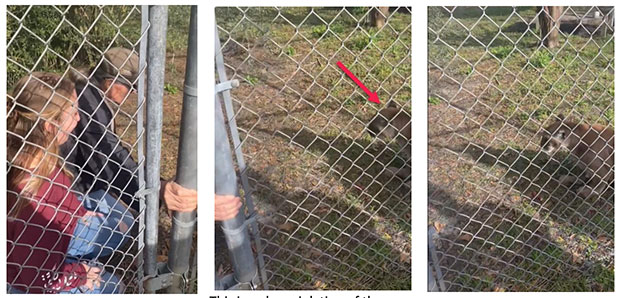
This is a clear violation of the BCPSA provision requiring that the public be kept 15 feet from a big cat when there is not a permanent enclosure sufficient to prevent public contact between the public and the animal.
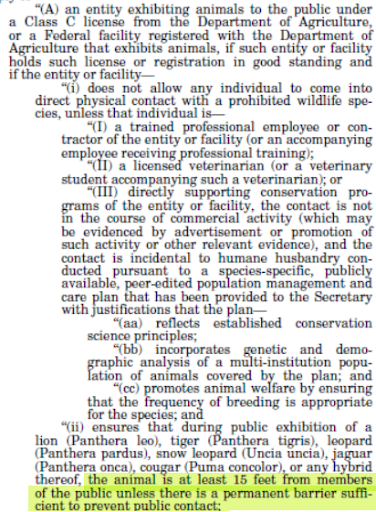
Here the member of the public is INSIDE the enclosure with no barrier separating her from the cat. The cat could easily have leaped past the man to have contact with the female visitor.
In addition, a video at the URL below shows the visitor hand feeding a cougar.
https://www.facebook.com/1554784479/videos/pcb.10230869066620925/409230571459669
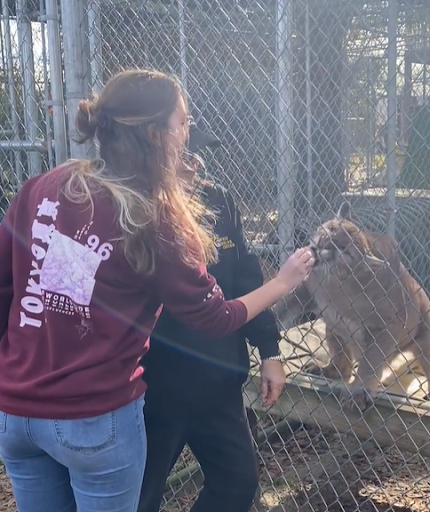
In addition to being a violation of the AWA, which is enforced by USDA not USFWS, this is a violation of the BCPSA because the chain link enclosure does not constitute a permanent barrier “sufficient to prevent public contact” if the public is allowed to be close enough to put their hand right up to the fence as depicted here.
These videos were posted on Facebook on January 13, 2024.
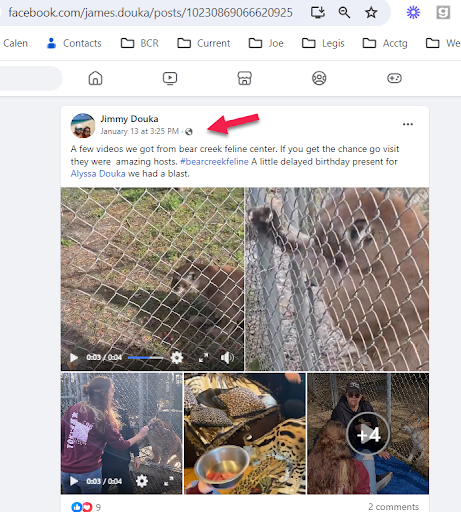
However, this was not an isolated incident at this facility. In this Instagram post from a year ago, January 11, 2023, only a few weeks after passage of the BCPSA, the visitor is feeding the cougar with both hands exposed to the cougar on the fence. In his post he talks about having been allowed to go inside the cougar cage and having been told this was legal because he was a “volunteer for the day.” There is NO EXEMPTION for volunteers in the BCPSA. In fact, one group advocating for private ownership of exotic cats lobbied Congress for such an exemption which was intentionally rejected. Volunteers are the public for purposes of the BCPSA.
https://www.instagram.com/p/CnSDKWErCNh/?igshid=YzcxN2Q2NzY0OA%3D%3D&img_index=1
Below are two other images from that visitor:
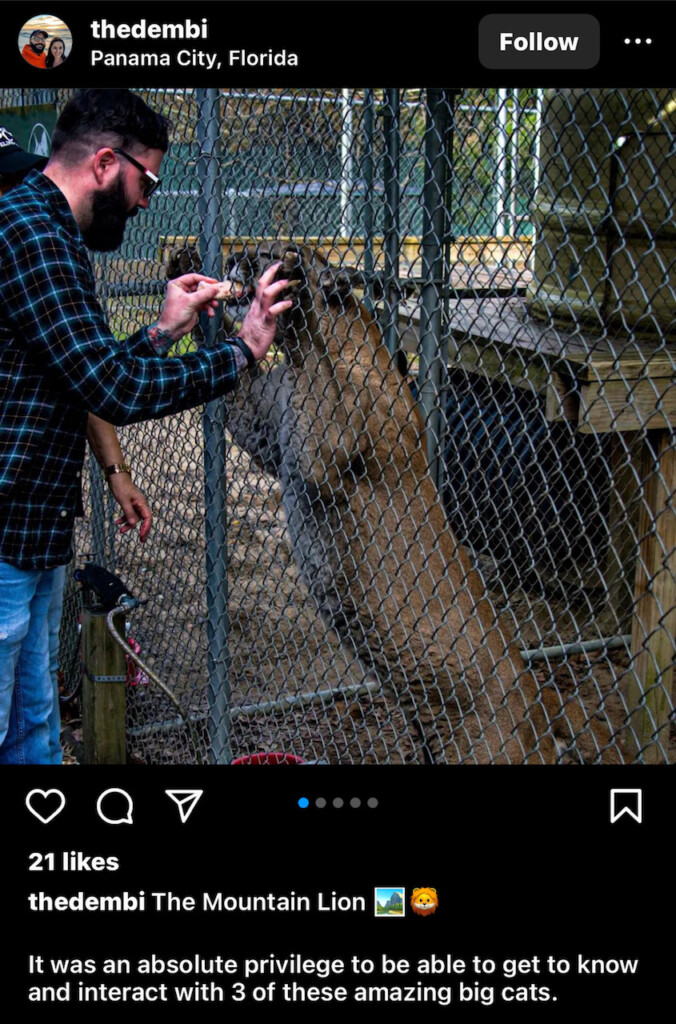
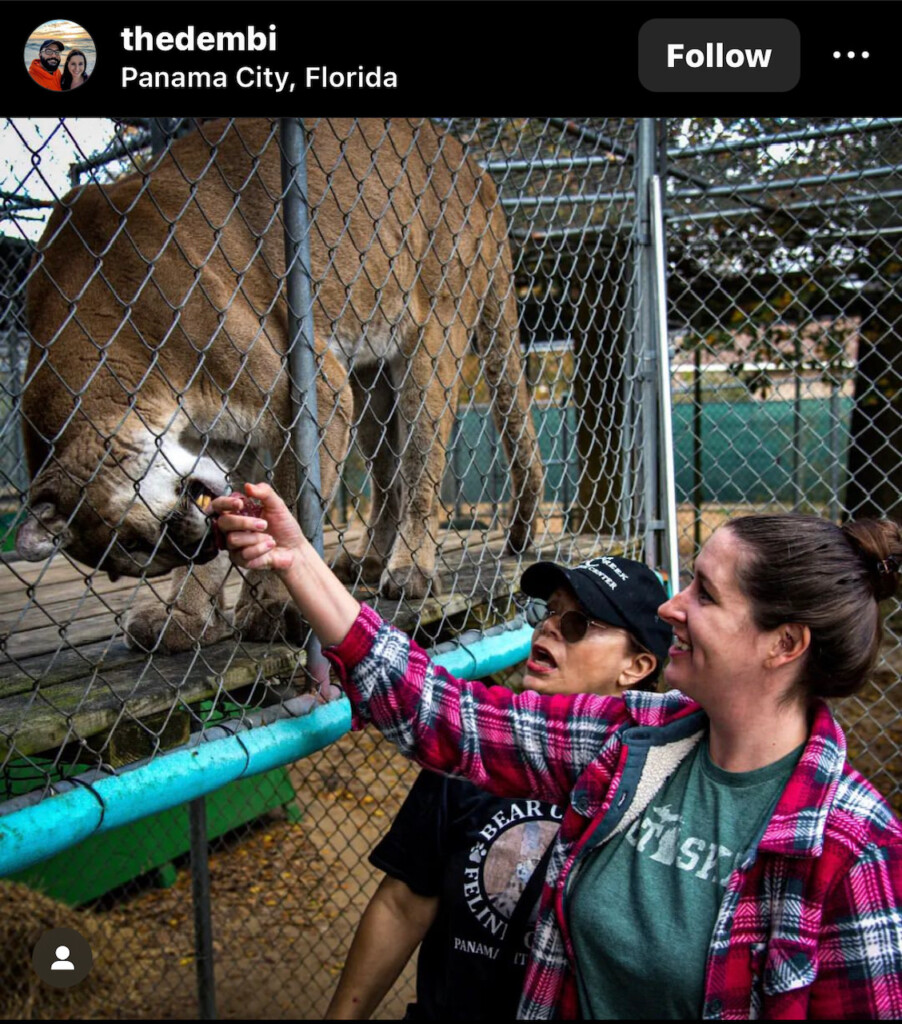
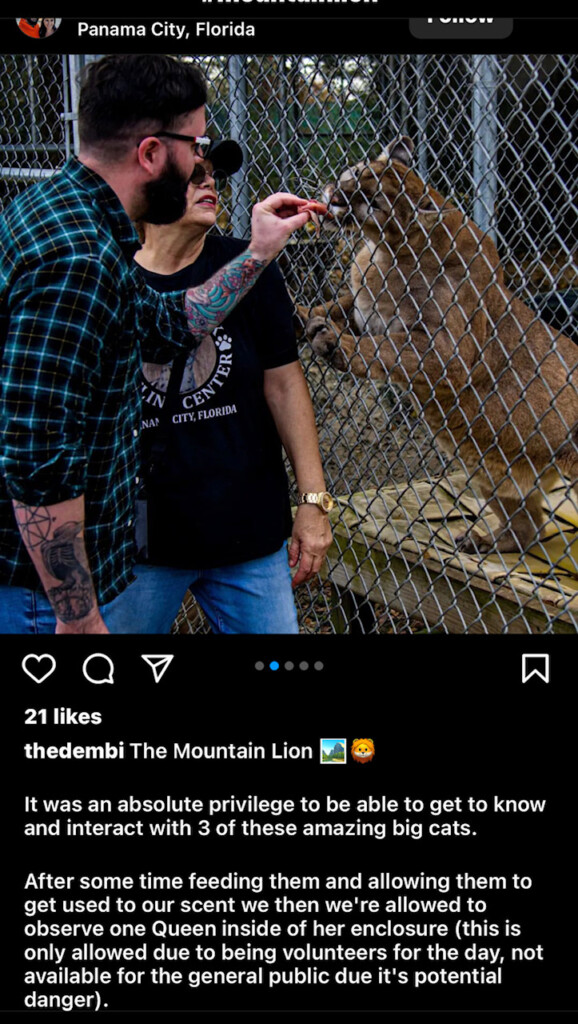
In addition, below are two images posted in May 2023:
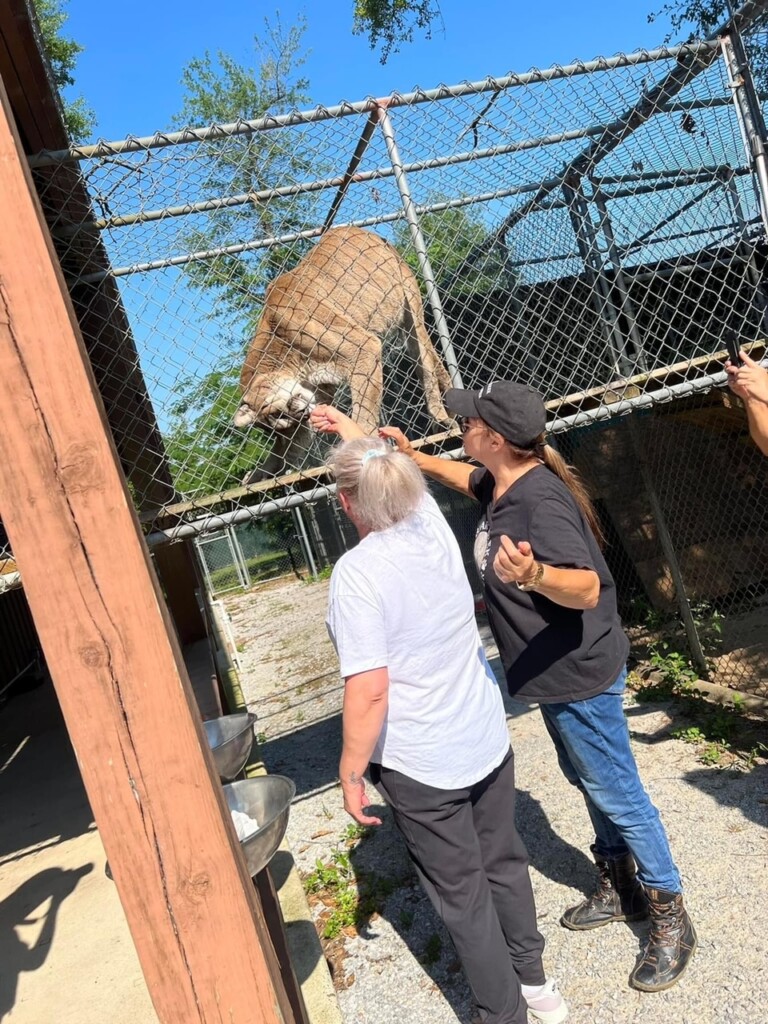
In the photo below, the woman has her left hand against the fully clawed paw of the cougar. She is wearing a brown shirt similar to what staff wear. It is unclear if she is staff or if such shirts are provided to their “volunteers for a day.”
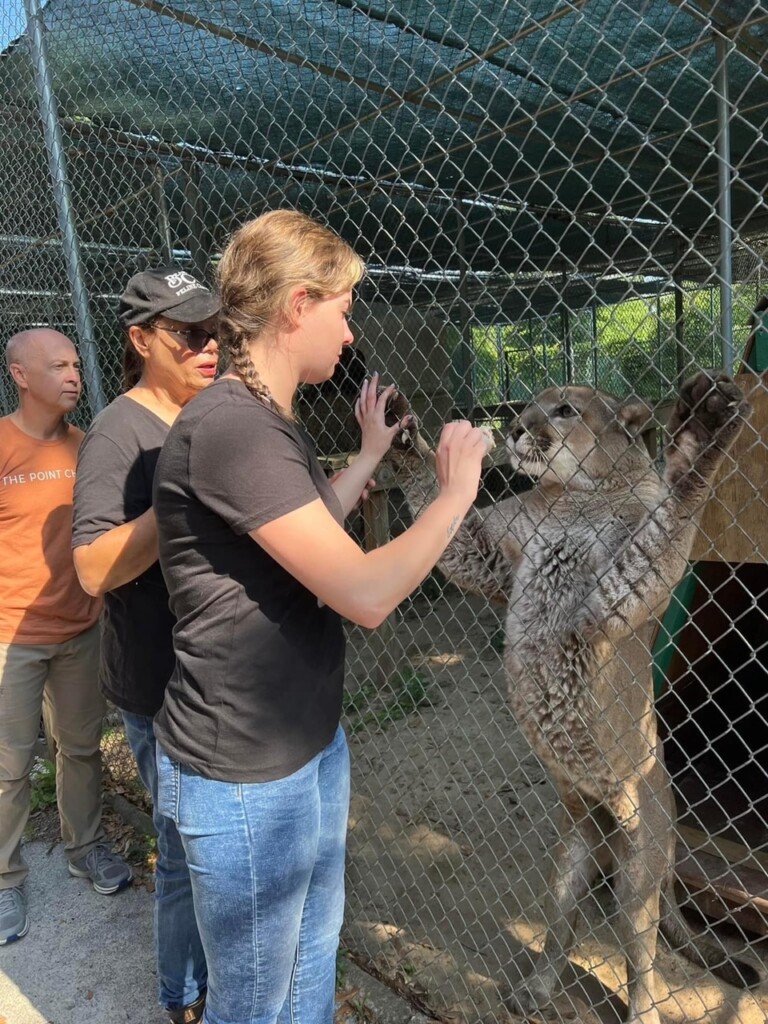
Given that this hand feeding and entering the cougar enclosure appear to be regular events at this facility, it would seem that minimal resources would be required to investigate. An agent posing as a visitor would likely get to experience these illegal activities.
Previous info on Bear Creek Feline Center and Jim Broaddus
Bear Creek Feline Center, Inc
Customer Number: 327196
Certificate Number: 58-C-1032
License Type: Class C – Exhibitor
Status Date: 12/9/2026
8822 Tracy Way
Panama City, FL 32404
COUNTY:Bay
2015 USDA Citation for having no responsible adult at the facility.
2023 Cat Census
Count Scientific Name Common Name
4 Puma concolor PUMA / MOUNTAIN LION / COUGAR
2 Herpailurus yagouaroundi JAGUARUNDI
3 Leptailurus serval SERVAL
4 Lynx rufus BOBCAT
1 Lynx lynx NORTHERN/EURASIAN LYNX
1 Prionailurus bengalensis LEOPARD CAT
A 2010 letter to the reporter who did a puff piece on this place:
Dear Will Hobson whobson@pcnh.com,
Bear Creek Feline Center is no sanctuary. Real sanctuaries do not breed their animals. Real sanctuaries do not let people go in the cages with animals who are capable of killing animals much larger than humans. Real sanctuaries are accredited by the Global Federation of Animal Sanctuaries. Real sanctuaries meet the guidelines posted at SanctuaryStandards.com
If you visit that site and see how reputable sanctuaries behave you will see that Bear Creek is just a back yard menagerie.
Some of the most disturbing elements that you mentioned were that the owners were bragging about how inbred their cougars are, and how they intend to continue to breed them, so they can fool the public into thinking they are FL panthers. If you check with the Florida Wildlife Conservation Commission, you will find that these are not FL panthers, but just very inbred to look like them, with the kinked tails, cowlick, etc. that are the earmarks of FL panthers. Those earmarks are nothing to be proud of. That is the result of FL not doing their job in protecting wild cougars in FL to the point that their numbers dropped to around 30 in the late 1990s. They dropped to those levels, largely because of inbreeding that came about from pockets of cats not being able to access other, non related cats. Eventually the inbreeding causes the animals to stop reproducing. You can get the whole background on why inbreeding is so bad by learning more about the white tiger: http://www.bigcatrescue.org/cats/wild/white_tigers.htm
I participated in the American Zoological Association’s Felid Taxon Advisory Group’s assessment of how many species of cats were in zoos back in the late 1990s and there was only one aging Jaguarundi in the U.S. at the time. How did Jim Broaddus come by his? Exporting from their native range is nearly impossible. Can he prove to you that this was done legally? If it was, what was the point of taking cats from the wild to live in his back yard cages? For years people have made the excuse for this bad behavior by saying they are “educating” the public and causing them to care about animals in the wild, but you will find these places, including most zoos, either send no money back into conservation, or only enough to serve as lip service.
The fact is that if someone can pay $10.00 to see an exotic cat in a cage, they will not send $10.00 to protect that animal in the wild. They will pay for the convenience of seeing the cat in a cage, rather than protect it in the wild. If the only way you could see a Jaguarundi was to go to Central or South America and plow money into eco tourism, then these and other rare and endangered species would have some chance at survival.
No matter what they are saying with their lips, if a person takes a wild cat out on a leash, they make it look like a pet. This is how so many people are duped into fueling the exotic pet trade, which is second only to the illegal trade in drugs. It’s bad for the animals and dangerous for the people. The following is a partial listing (583) of incidents in the U.S. involving captive exotic cats since 1990. The U.S. incidents have resulted in the deaths of 21 humans, 16 adults and 5 children, the additional mauling of 193 more adults and children, 170 escapes, the killing of 92 big cats, and 122 confiscations. These figures only represent the headlines that Big Cat Rescue has been able to track. Because there is no reporting agency that keeps such records the actual numbers are certainly much higher. http://www.bigcatrescue.org/big_cat_news.htm
To see the number of exotic cats abandoned each year go to http://www.bigcatrescue.org/animal_abuse.htm
Florida represents less than 6% of the U.S. population while 12% of all U.S. incidents occur in Florida. Florida boasts the most comprehensive sets of regulations allowing private ownership of exotic cats while ranking #1 in the highest numbers of big cat killings, maulings and escapes. To see FL rules that are currently being changed go to: http://www.bigcatrescue.org/laws/2008/captivewildanimalrules.htm
The only intelligent remark made by your subject was, “They’re very, very intelligent animals.” That is true and that is why it is so cruel to breed them, support those who breed them (by buying or giving them a dumping ground), or take them from the wild for lives of captivity and deprivation. At Big Cat Rescue we have 137 exotic cats and our staff of 84 volunteers spends most of their time trying to keep them comfortable and stimulated. Science is proving that animals are far more complex than we ever imagined. When you consider that a bobcat needs 5 square miles of territory to fully express all of their instinctual talents then it becomes clear why keeping them in cages is so inhumane.
I used to be ignorant, but I learned better. Our evolution is all on our website. There is no excuse, in this day of the Internet, for people to continue to breed wildcats for life in cages. Those who do are not saving animals, but are exploiting them. I hope you will continue to investigate this issue and let the public know what is really going on in the name of “rescue” and “conservation.”
For the cats,
Carole Baskin, CEO of Big Cat Rescue http://www.BigCatRescue.org


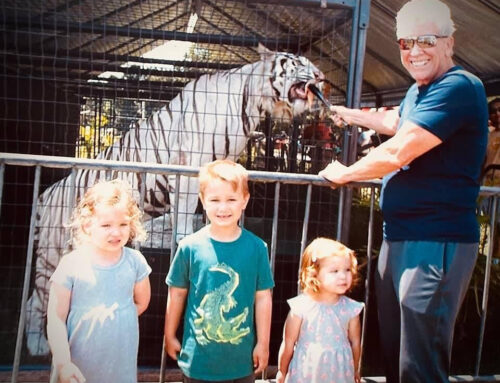
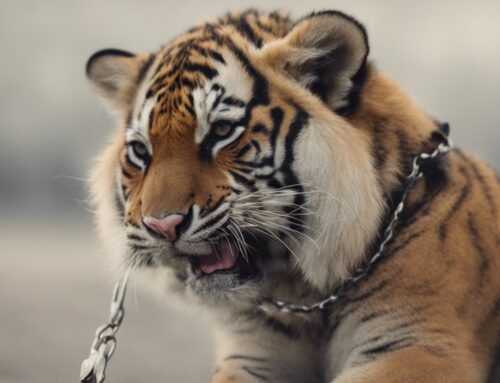

Leave A Comment
You must be logged in to post a comment.